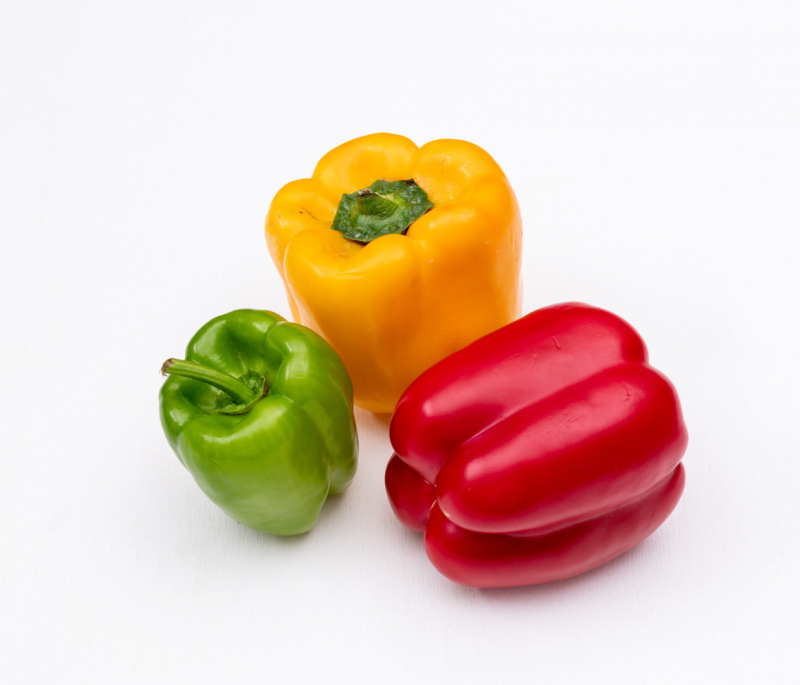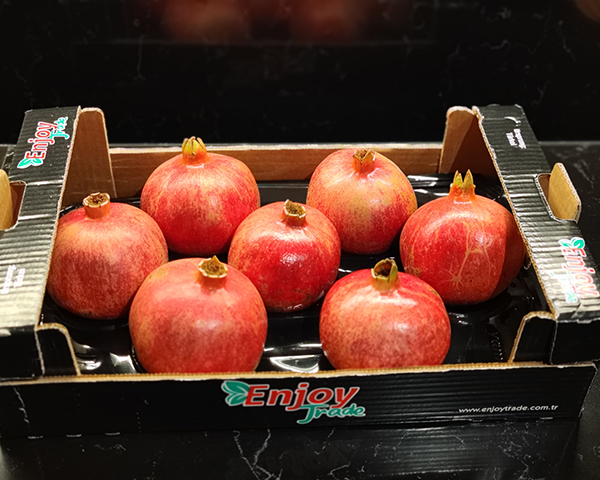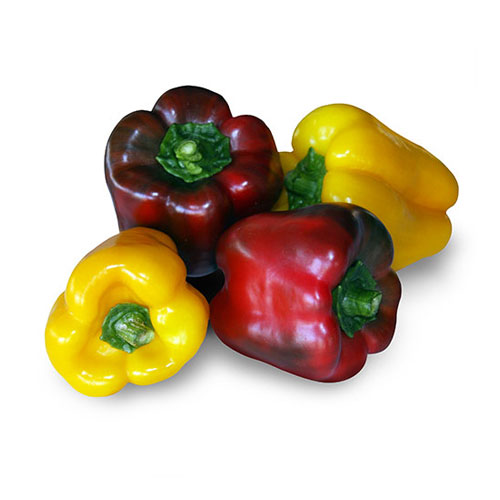California Pepper

California pepper, a sweet and fleshy variety of bell pepper, has secured a prominent place in world cuisines. Known for its various colors, especially red, yellow, and orange, this pepper adds visual richness to meals with its large, fleshy structure. The California pepper has a sweet and mild flavor, making it a staple ingredient in many dishes, whether raw or cooked.
California pepper derives its name from the state of California, where it is primarily cultivated. Initially grown in the Americas, this pepper has gained global popularity over time. However, a significant portion of its commercial production still takes place in California. The climate and soil characteristics of this region enable the production of high-quality and abundant peppers. California’s sunny and temperate climate provides ideal conditions for the development of these peppers. The abundance of sunny days and low risk of frost in this region ensure the healthy and productive growth of the peppers.
Growing California pepper requires specific climate and soil conditions. Warm climates are essential for the optimal growth of peppers. The ideal temperature range is between 20-30°C. Peppers are sensitive to frost, so areas without frost risk are preferred. Additionally, the soil where peppers are grown should be well-drained and slightly acidic. A soil pH range of 6.0-6.8 supports the healthy growth of the peppers. It is also crucial that the soil is rich in organic matter to support the plants' development.
Selecting the right seeds is an important step in cultivating California pepper. High-quality seeds that are resistant to diseases and have high yield potential form the basis for a successful harvest. Seeds are usually sown in the spring, after the last frost. They can be started indoors as seedlings and then transplanted outdoors. During the seedling phase, the plants are given enough time to strengthen and become ready for outdoor conditions.
Peppers require regular and adequate watering. The soil must remain consistently moist, but waterlogging should be avoided to prevent root rot. Careful watering practices are essential to maintain plant health. Fertilization also plays a significant role in pepper cultivation. Using organic fertilizers and compost supports healthy plant growth. Balanced fertilizers rich in nitrogen, phosphorus, and potassium provide the necessary nutrients for the plants.
Pruning and supporting the plants are important aspects of growing California pepper. Pruning excess leaves and branches can enhance air circulation around the plants, making them more resistant to diseases. Additionally, providing support through stakes or cages can help the plants remain upright during growth. This ensures that the peppers grow properly and can be harvested easily.
The harvest period is a critical phase in California pepper cultivation. Peppers are typically ready for harvest approximately 60-90 days after planting. They should be harvested when their color has fully developed. The harvesting process must be done carefully; peppers are cut or gently snapped off the plant to avoid damaging it.
California pepper has a wide range of culinary uses. It is frequently used fresh in salads, sandwiches, and raw vegetable platters. When cooked, it is popular in stuffed dishes, grilled preparations, baked recipes, and stir-fries. Peppers are also used as flavor enhancers in various sauces and pickles. The sweet and mild flavor of California pepper adds depth and color to many dishes. Moreover, these peppers are rich in vitamins and minerals, making them a healthy food choice. They are high in vitamins A, C, and E, as well as potassium and fiber. These nutrients help boost the immune system, support skin health, and have overall positive effects on health.
In conclusion, California pepper is an indispensable part of many kitchens due to its sweet and mild flavor. Originating from California and spreading to world cuisines, this pepper can be easily grown even in home gardens when the right climate and soil conditions are met. As an ideal ingredient for preparing healthy and delicious meals, California pepper adds both visual and flavor value to dishes. When grown with the right steps and care, it yields high-quality and abundant crops. California pepper will continue to hold its place on tables with its flavor and nutritional value.
Verpakking

CARDBOARD BOX 30X50X12

PLASTIC CASE 30X50X12
Enjoy Trade Consultancy prioritizes quality in the product shipping process, maintaining its priority in meeting customer demands and ensuring satisfaction.
In this context, it offers its customers various packaging options such as CARDBOARD BOX 30X50X12 or PLASTIC CASE 30X50X12, so that each customer has the freedom to choose a shipping method that suits his needs and preferences.
Season Information
| January | February | March | April | May | June | July | August | September | October | November | December |
|---|---|---|---|---|---|---|---|---|---|---|---|
 |  |  |  |  |  |  |  |  |  |  |  |

